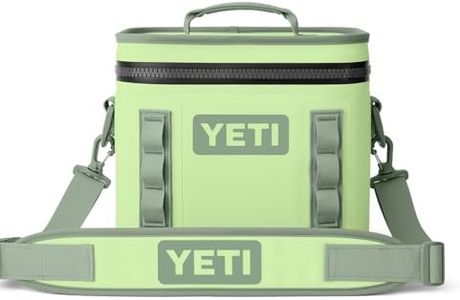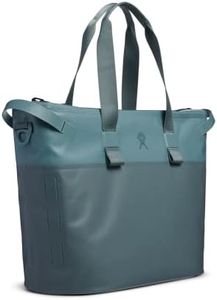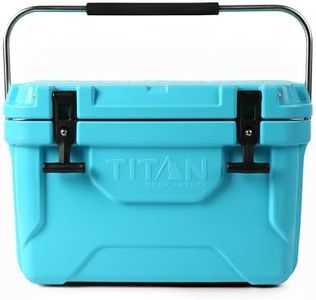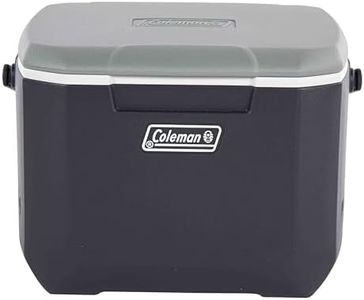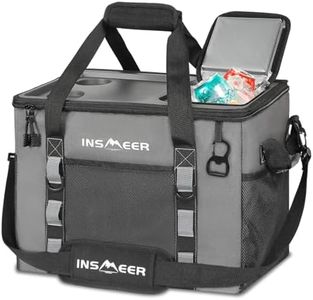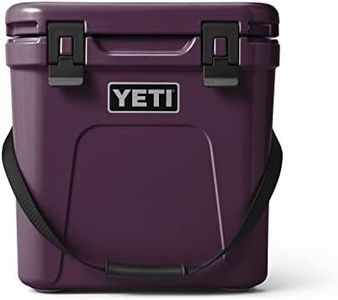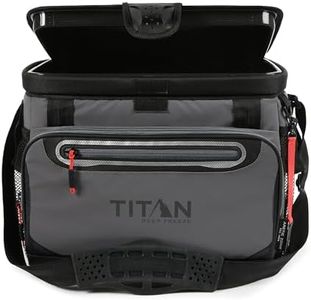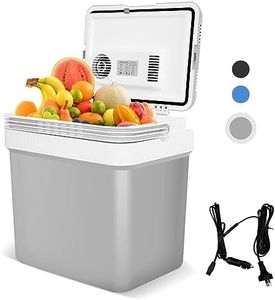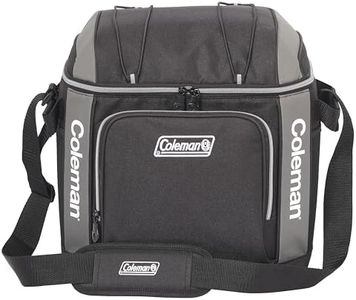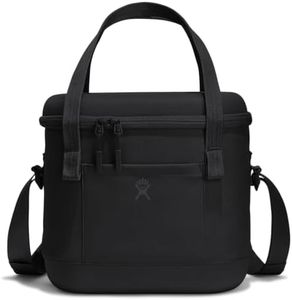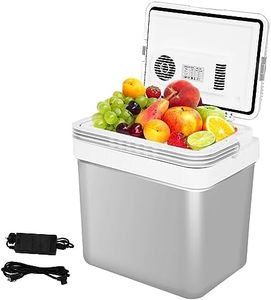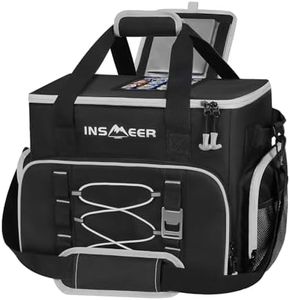We Use CookiesWe use cookies to enhance the security, performance,
functionality and for analytical and promotional activities. By continuing to browse this site you
are agreeing to our privacy policy
10 Best Travel Coolers
From leading brands and best sellers available on the web.By clicking on a link to a third party's website, log data is shared with that third party.
Buying Guide for the Best Travel Coolers
Choosing the right travel cooler is all about understanding your needs—like how much you want to carry, how long you'll be out, and how portable you need the cooler to be. Travel coolers come in a variety of shapes, sizes, and technologies, and matching their features to how you plan to use them will ensure you keep food and drinks just the way you like, wherever your adventure takes you.Capacity (Volume)Capacity refers to how much the cooler can hold and is usually measured in quarts or liters. This is important because it determines how many items you can bring and keep cool. Small coolers (under 20 liters) are lightweight and ideal for a single person or short outings, while medium sizes (20–40 liters) are good for small groups or family picnics. Larger sizes (over 40 liters) are best for extended trips or larger groups but can be heavier and harder to transport. To choose the right one, think about how many people you want to pack for and how long you need your items to stay cool.
Insulation PerformanceInsulation performance describes how well the cooler can keep contents cold, which is usually described in terms of hours or days. High-performance coolers can hold ice for several days, while basic models might keep things cool for just a few hours. Superior insulation is achieved with thicker walls and higher quality materials. If you're going camping for several days or in hot climates, look for longer-lasting insulation. For short road trips or daily outings, basic insulation might be enough.
PortabilityPortability is about how easy it is to move the cooler around. Features that contribute include handles, wheels, and weight when empty. Lightweight soft-sided coolers are great for short trips, hiking, or when you need something easy to carry by hand. Rolling coolers are helpful for heavier loads and longer walks from your car. If you expect to carry your cooler for a distance, look for comfortable straps or backpack-style options. Choose the form that matches how and where you'll be using your cooler most often.
Power Source (for Electric Coolers)Some travel coolers are 'thermoelectric' or have built-in refrigeration using a power source, like a car outlet or battery. This keeps items cool without needing ice. It's important to know what power options are available (12V car plug, USB, or wall outlet) and how long the cooler can maintain temperature based on the power you have. Electric coolers are great for road trips, but may not be practical if you won’t have access to power for long periods. If you need long-term, consistent cooling and you have regular access to power, electric coolers might be the right choice.
Durability and MaterialsThe durability of a travel cooler is influenced by the materials used, like hard plastic, metal, or fabric, and how it’s put together. Hard-sided coolers are more rugged and protect contents from bumps, but are heavier. Soft-sided coolers are lighter and easier to store when empty, but might not stand up to rough handling. Consider your environment: if you’re hiking or going outdoors, a more durable cooler can prevent damage and last longer. If you're just heading to the beach or park for a day, a lighter or collapsible style could work better.
Ease of CleaningEase of cleaning refers to how simple it is to empty out and wipe down the inside of the cooler after use. Smooth, non-porous interiors are easier to keep hygienic, and removable liners or drainage plugs help with spills and melting ice. If you plan to use your cooler often, or with messy foods and drinks, look for models designed for easy cleaning to save yourself time and effort.
